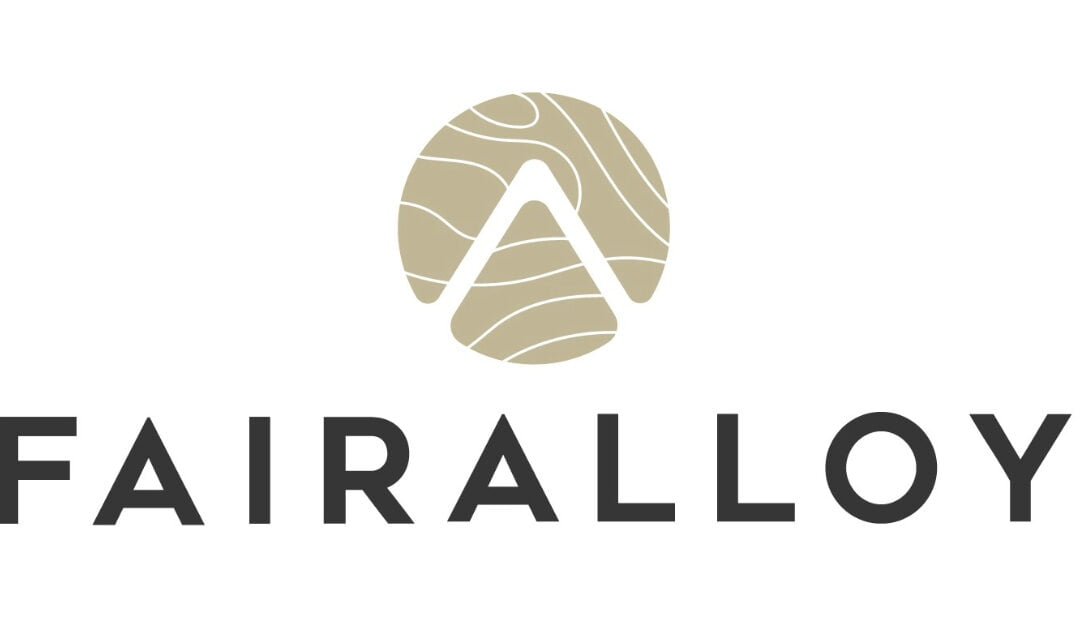The process of refining gold starts with obtaining dore from a mine that holds Fairmined certification. Dore, the raw gold in its unrefined form, is delivered to our production plant by a representative from the mine. Our initial task involves analyzing the gold and silver content within this dore bar. To accomplish this, we commence the smelting process in our induction furnace, ensuring thorough mixing for precise results. The use of specialized equipment is crucial in guaranteeing the reliability of our assay. Once the dore bar is melted down, we extract a representative sample weighing 0.25 grams. Utilizing the fire assay method according to the ISO 11426:2014 standard, renowned for its accuracy, we meticulously determine the gold content. We’ve made significant investments in imported furnaces, scales, and supplies to maintain the precision of our assays. With this rigorous process complete, we ascertain the exact quantities of gold and silver contained within the dore bar.
Adhering to the segregation requirement mandated by the Fairmined standard forms the foundation of this process. Fairmined certified gold must undergo refining separate from materials originating from other sources. This necessitates the separate processing of Fairmined gold, which is what sets it apart and makes it so distinctive. When you purchase Fairmined gold, you’re acquiring gold directly from the specific mine it originated from. Refineries typically handle refining based on volumes and manage their inventories through mass balance. However, with Fairmined gold, they must refine it separately. As a buyer, it’s crucial to ensure that this segregation is maintained. You want to procure physical Fairmined gold sourced responsibly. If the segregation principle is compromised, you’re not receiving what you’ve paid for. It’s essential to request evidence and a clear outline of the segregation process. This aspect holds immense significance; you don’t want to be deceived into purchasing gold without a verified origin, potentially obtained through unethical means.
Once we acquire the assay results, we can confidently declare the precious metal content of the dore bar. With this information at hand, the bar undergoes a series of intricate steps to separate all metals apart from gold. Initially, the dore bar is melted down and transformed into gold grains to increase the overall surface area. These gold grains are then introduced into a reactor, where they undergo a wet chemical process known as aqua regia digestion. During this procedure, gold dissolves into a liquid state, forming gold chloride, while silver undergoes a transformation into a sponge-like state referred to as silver chloride.
After the aqua regia digestion, the liquid containing gold chloride undergoes thorough filtration and is then transferred to another reaction vessel. Within this vessel, specialized chemicals are utilized to trigger precipitation, selectively solidifying solely the gold from the liquid solution. Once the precipitation process concludes, the outcome is solid gold in its pure form. This solid gold is subjected to smelting, ultimately producing gold with a purity level of 99.95%.
The disposal of our liquid waste, containing contaminants, is entrusted to a third-party company authorized by Colombia’s Ministry of Environment for final processing. Before transferring these liquids, we conduct a comprehensive characterization of all the chemicals involved in the process. Subsequently, the liquids undergo assaying to ensure accurate characterization. Once the liquids are properly characterized, the processing company evaluates the documentation and arranges for the pickup of our liquid waste for processing.
Environmental discharges, such as fumes, are effectively managed through scrubbers imported from Italy. At every point where fumes are present, our fume hoods extract them into the scrubbers, where they undergo neutralization.
All these operations are conducted using imported machinery from Italy, Germany, and the United States to ensure the utmost quality in our Fairmined-certified products. Our refining and chemical division team is exceptionally meticulous throughout every stage of the process. We exclusively utilize imported lab chemicals and triple-distilled water in all our processes to prevent any potential contamination. Additionally, we strictly adhere to all environmental laws governing the refinement and manufacturing of Fairmined-certified products.
As a licensee of Fairmined Gold, it’s crucial to verify that you’re purchasing physically segregated Fairmined gold, as mandated by the Fairmined standard. This ensures authenticity and traceability. For large-scale gold refineries, it may be tempting to substitute existing refined gold from inventory for Fairmined gold, but this compromises the integrity of the product. Segregating Fairmined gold is what sets it apart and gives it its unique value. The entire supply chain treats Fairmined Gold with the utmost care and respect. Without this segregation, Fairmined would merely be another paper standard.

